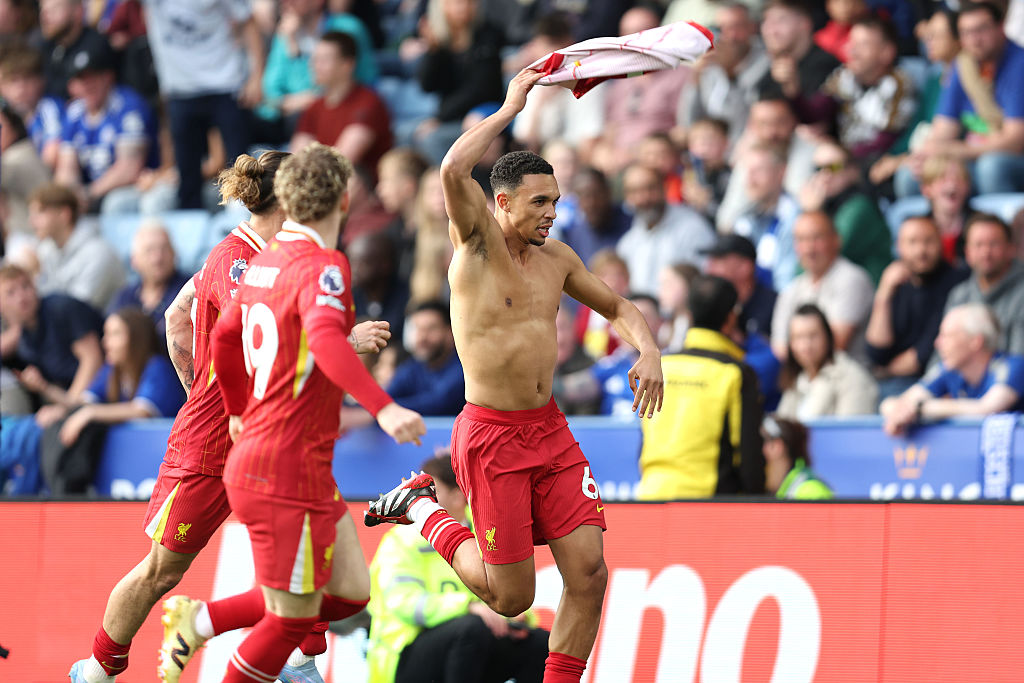A visit to the mighty Maracana makes thought of returning to Wembley seem like a chore
FourFourTwo’s James Maw on his pilgrimage to football’s Mecca…
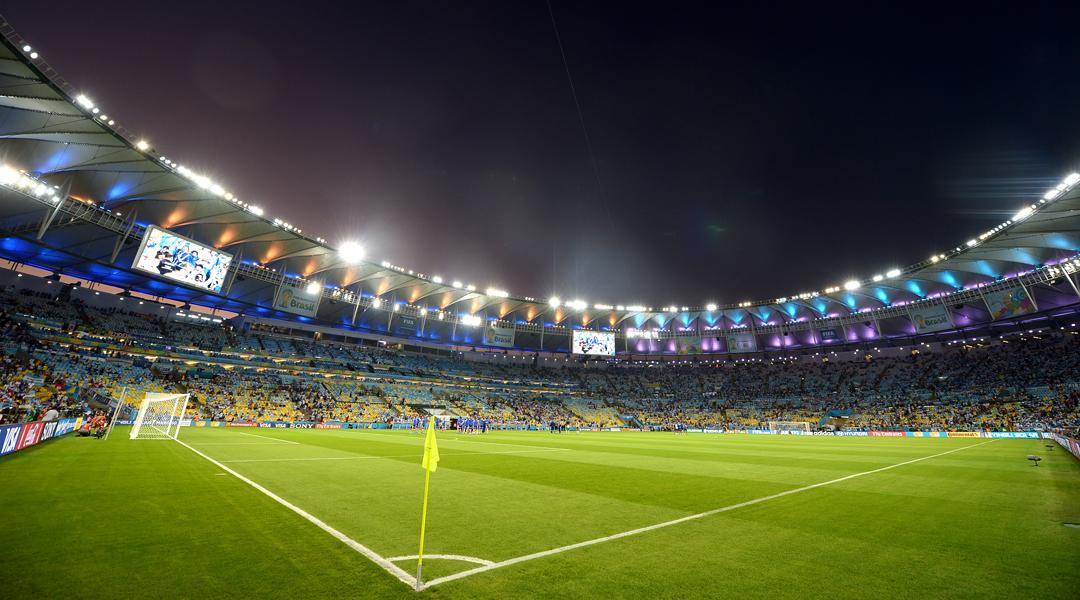
It was just meant to be. Lionel Messi – arguably the greatest footballer in the world - scoring what proved to be the winner at arguably the greatest football stadium in the world, the Maracana. Not only that, but just mere seconds after opposition fans had given him some jip.
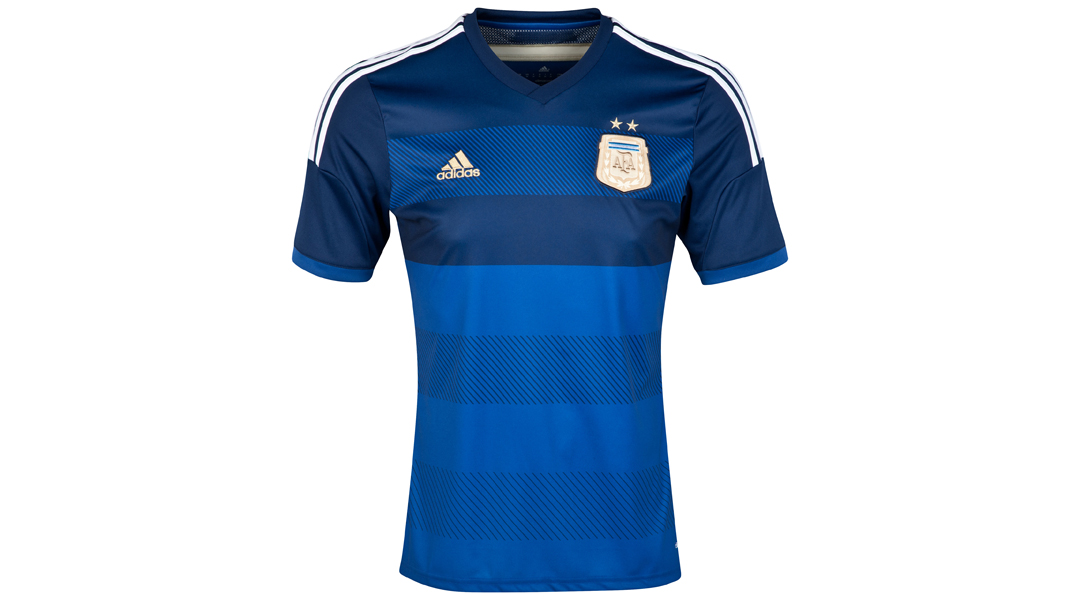
He may not have found the back of the net with a 25-yard free-kick that ended up testing the stamina of the ballboys more than it did the reflexes of Asmir Begovic in the Bosnia goal, but he did at the next attempt.
Picking the ball up near the halfway line, the Barcelona superstar burst towards the Bosnian goal, exchanged passes with Gonzalo Higuain, darted across the edge of the penalty area, caused two defenders to fall over each other with one deft touch, before elegantly sweeping the ball in to the net off the upright. It was a moment of genius befitting the venue and one that won’t be forgotten by those privileged enough to be in attendance.
Not that most didn’t see it coming. Probably over half of those wearing Argentina replica shirts had ‘Messi 10’ printed on the back, and the sense of expectation was so great that the crowd rose as one every time he collected the ball – even deep in midfield. The goal was met by thousands of Argentine fans hailing the forward like a god, which is probably a reasonable reaction.
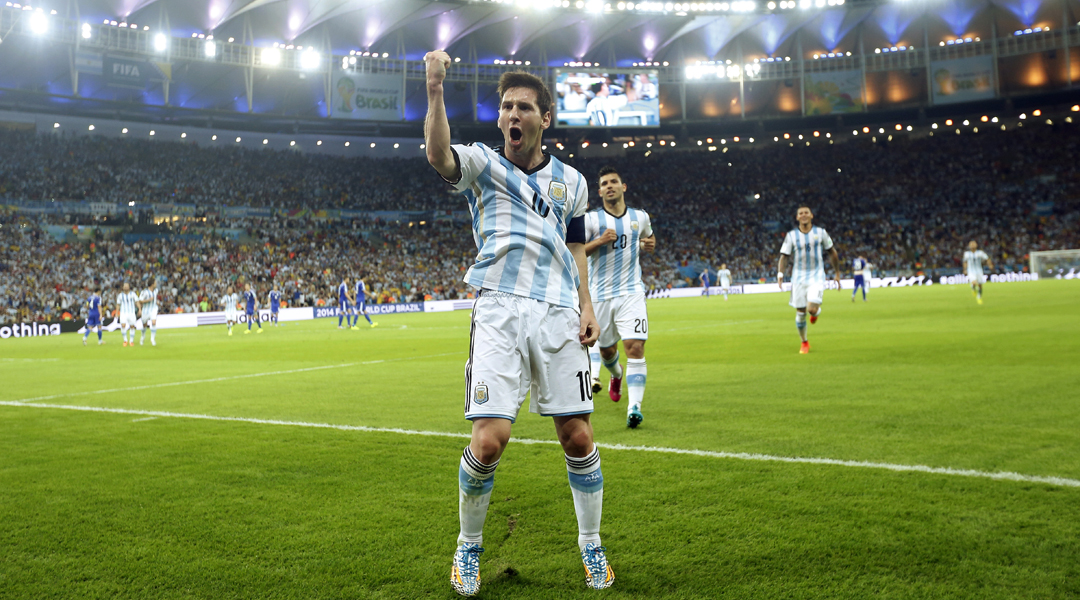
Sunday evening's Group F encounter between Argentina and Bosnia-Herzegovina was the first World Cup finals match to be held at the world-renowned stadium since the infamous 'Maracanazo' fixture of 1950. That game, as you're most probably aware, saw much-fancied hosts Brazil lose the decisive match of the tournament to Uruguay, handing La Celeste their second world crown.
The format of this summer's tournament means Brazil can't play at the nation's most famous sporting venue until the final – a stage the locals are expecting their team to reach. Many pundits are tipping Argentina to make a return trip to Rio de Janeiro for that same showpiece, and if they do the atmosphere is certain to be even more electric than that of Sunday evening.
There are few bigger buzzes in football than the one generated by thousands upon thousands of fans descending on a legendary venue for the first time, and a large percentage of Sunday evening’s 74,738 crowd will have been making their first pilgrimage to Estádio Jornalista Mário Filho, to give the stadium its full name.
Get FourFourTwo Newsletter
The best features, fun and footballing quizzes, straight to your inbox every week.
Follow FFT's adventures in Brazil on Instagram
Unsurprisingly given the geography, the Argentine fans outnumbered the Bosnians by at least 10-1, and subsequently they made far more noise. Even on the metro ride across Rio they were in a boisterous mood, and the party continued all the way through the night – it was only in the tense few minutes after Bosnia pulled a goal back that the sound of the travelling Albiceleste horde didn’t fill the air.
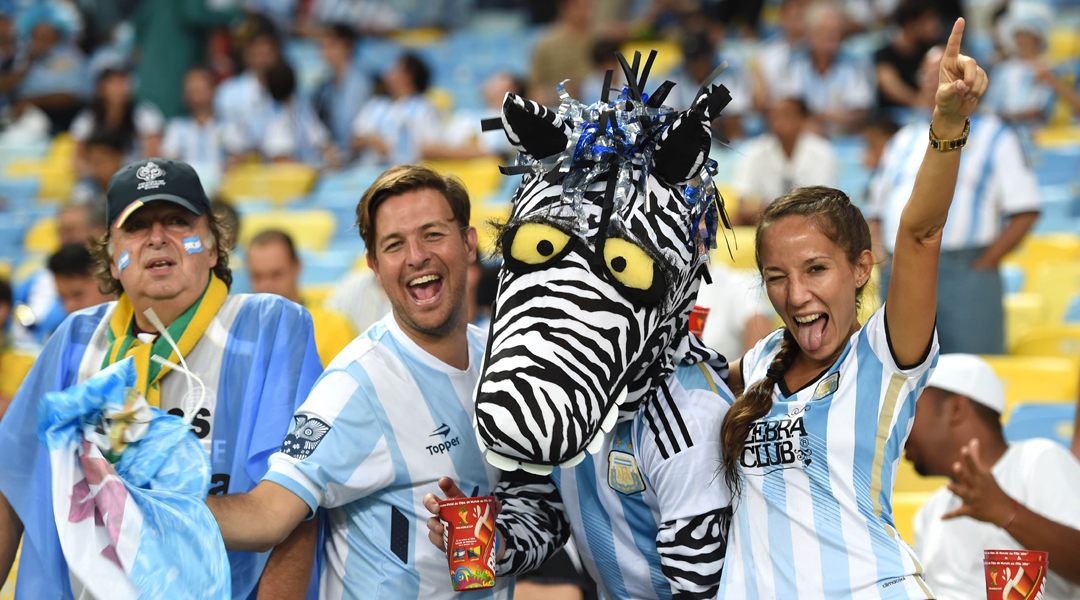
In response to the din, thousands of Brazilians - many in the famous yellow shirt - passionately backed World Cup rookies Bosnia. "Ole, ole ole ole, Bosnia, Bosnia" they cried throughout the match. This wasn't just jovial repartee either - there was frustration at misplaced passes, fury at spurned chances and torrents of expletives (we assume) every time Edin Dzeko displayed a heavy first touch.
If Argentina and Brazil do meet in the final on July 13, we’re in for one hell of a racket if this dry run is anything to go by.
The Maracana is the perfect place to watch top-level football; looking absolutely incredible from the outside and having an illustrious history of being graced by some of the most talented players in the history of the game.
There’s direct access from the Metro (which, incidentally, seems better than the London Underground, but that’s for another blog…) and what initially seems like a maze of ramps and walkways is actually a system that prevents bottlenecking around all entrances and exits (at least it is when you start reading the signs, which we were too giddy to do properly at first). The food and drink kiosks – although busy – were well staffed, with their goods reasonably priced.
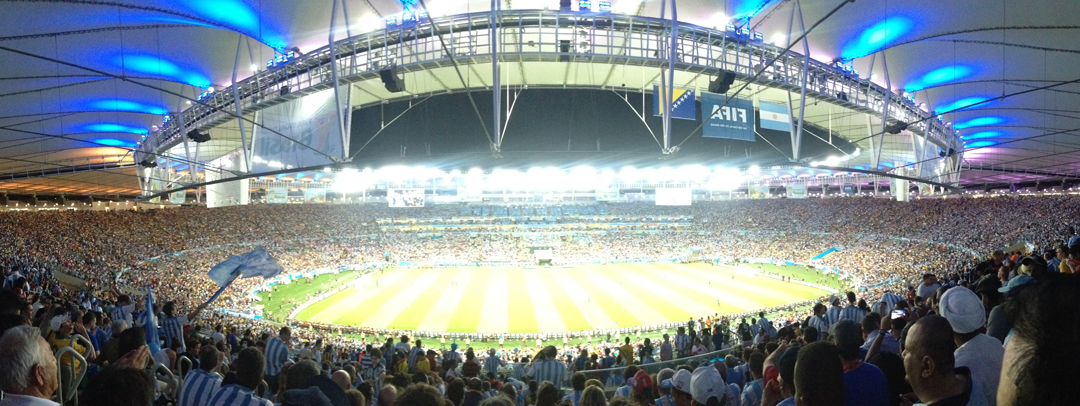
Inside the ‘bowl’ itself, the sightlines are all unobstructed, and even from our vantage point 10 rows from the back, we didn’t feel detached from the action like you often do in the upper tier of an English stadium. The steep stands and sloping roof mean all the noise created by the buzzing crowd is kept in the arena, and must sound incredible from the pitch.
Comparing the experience as a whole to that of visiting Wembley would be particularly unflattering to England’s national stadium.
After a few trips to the new Wembley, visiting the home of English football starts to feel like something of a chore – there isn’t quite the same sense of intense emotion in the air. It’s hard to imagine the luster wearing off anywhere near as quickly at the Maracana.
On leaving the stadium – a far less taxing experience than trying to squeeze back down Wembley Way with another 50 or 60,000 hardy souls – a thought did occur; was this another reason England’s bids to stage the World Cup for a second time keep faltering? It doesn’t say a lot for England that even supposedly ‘disorganised’ countries (the Copacabana ‘FIFA Fan Fest’ was just a few bits of scaffolding and some sand when we arrived here on Wednesday morning) can create a more ‘user-friendly’ matchday experience.
Don’t let anyone tell you Wembley is the home of football, this place is a venue worthy of the name.
SEE ALSO Maracana made to wait for Messi magic: how Stats Zone saw Argentina 2-1 Bosnia-Herzegovina
